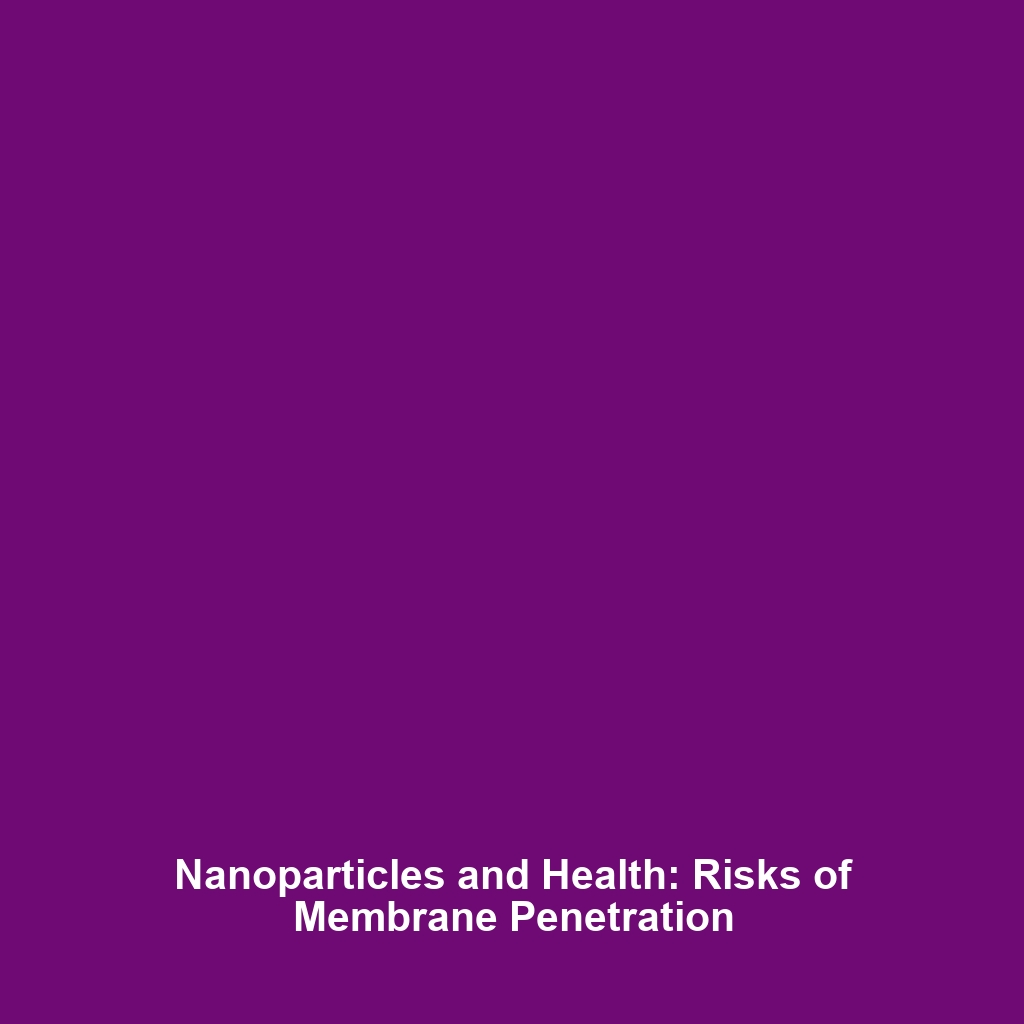Green Synthesis: Eco-friendly Approaches Using Biological Methods
Introduction
Green Synthesis represents a revolutionary move towards sustainable science, particularly within the realm of Advanced Nanomaterials. By utilizing biological methods for the synthesis of nanomaterials, researchers aim to reduce environmental impact while still achieving high performance and functionality. This innovative approach not only addresses the increasing demand for eco-friendly solutions but also enhances the efficiency and efficacy of nanomaterials in various applications. Understanding Green Synthesis is crucial as we strive for a greener future in material science and nanotechnology.
Key Concepts
Understanding Green Synthesis involves various concepts and principles:
Biological Methods
Biological methods often utilize organisms such as plants, fungi, and bacteria to synthesize nanomaterials, leveraging their natural biochemical pathways. This approach is significant because it minimizes toxic chemical usage and energy consumption.
Sustainability and Efficiency
The principle of sustainability drives Green Synthesis, ensuring that processes are efficient and environmentally responsible in the production of Advanced Nanomaterials. Reduced waste and energy consumption further align with sustainable development goals.
Application in Nanotechnology
Green Synthesis connects with Advanced Nanomaterials by providing eco-friendly alternatives in their production, paving the way for safer and more sustainable applications in fields ranging from medicine to energy.
Applications and Real-World Uses
The applications of Green Synthesis in Advanced Nanomaterials are profound and diverse:
- Biomedical Applications: Nanoparticles synthesized biologically are being used in drug delivery systems, enhancing the efficacy of treatments.
- Environmental Remediation: Eco-friendly nanomaterials are employed in the removal of pollutants from water and air, showcasing the impact of green methods in environmental engineering.
- Energy Storage: Biologically synthesized nanomaterials are used in batteries and supercapacitors, improving energy efficiency and sustainability.
Current Challenges
Despite its advantages, Green Synthesis faces several challenges:
- Scalability: Translating laboratory-scale processes to industrial scales poses significant operational challenges.
- Consistency: Variability in biological materials can lead to inconsistencies in product quality.
- Regulatory Hurdles: Ensuring compliance with environmental regulations for new processes can be complex and time-consuming.
Future Research and Innovations
Future innovations in Green Synthesis are promising:
- Next-Generation Technologies: Ongoing research is focused on developing genetically engineered organisms that can produce desired nanomaterials efficiently.
- Hybrid Approaches: Combining green methods with traditional synthesis techniques may yield new materials with improved properties.
- Expanded Applications: Exploring the use of nanomaterials in agriculture and renewable energy sectors may open new avenues for research.
Conclusion
In summary, Green Synthesis of nanomaterials is a crucial advancement in the field of Advanced Nanomaterials. Its eco-friendly approaches not only contribute to sustainability but also enhance the performance of various applications. As research continues to overcome existing challenges, the future looks bright for the integration of biological methods into nanotechnology. For further exploration, you can read more about Nanoremediation Techniques and Global Sustainability Efforts.

